|
Antigua, Guatemala is only 240 kilometers (less than 150 miles) northwest of San Salvador. Not surprisingly, our trip, which Google Maps estimates should take about 4 ½ hours, lands on the plus side of eight hours. Besides the terrible roads and slow pace, the additional time is spent waiting for other passengers, shuffling in and out of the van for entry and exit stamps at the El Salvador-Guatemala border, and desperately trying not to pee our pants. But at least it’s interesting. For the first time in our travels, we have a police escort from the Guatemalan border all the way to Antigua, a product of the nighttime crossing and many recent highway robberies by local gangs. Followed closely by a police truck, we feel a bit presidential for our first three hours in Guatemala.
0 Comments
Central American buses at their finest. That’s what this must be. Aboard what must have been a Nicaraguan school bus in a previous life, we make the slow journey from SJDS to Rivas, along Lake Nicaragua. The bus is packed, both with locals and tourists, and it’s hot. Like, “please don’t ever stop, you’ll make the breeze stop and it’s brutal” kind of hot. But we stop constantly, to load up with as many people as possible. Which means three people to a two-seat bench and jam-packed aisles. It’s only 20 miles or so to Rivas, but the bus takes an hour. And once in Rivas, a second bus. Hot and confused, we follow when a local guy screams “Granada” at us from two feet away. And before we can even see that the bus is completely full, the “nice” gentleman throws our packs in the cargo hold below, making this bus our “final option.” Swaying back and forth in the aisle as the bus takes sharp corners at high speeds, the attendant quietly requests the 75 Cordoba fare. The rate seems a bit high, so we ask for him to say it again, but louder. He raises his voice ever so slightly, and begrudgingly, we pay up. Soon after, the locals next to us pay 40 Cordobas, and while we’re used to paying the “Gringo tax”, getting ripped off never feels good. Adding salt to the wound, the bus doesn’t even go to Granada. Nope, it goes to Managua, dropping us 11 kilometers outside of town. After a few seconds of arguing in Spanish, we’re told to jump on another bus across a field that goes into town. We get on and sit down. It’s another former school bus and we struggle to fit our backpacks in the overhead luggage rack. Frustrated, we plot how to avoid being ripped off in the future and agree never to pay a fare until we’ve seen a local pay first. This plan alleviates some of the pain and we start to enjoy the rest of the ride into town. Granada offers the best of colonialism. It’s long gone, but the architecture remains. Intensely colorful and ornate colonial era buildings make this town an amazing place to explore. Full of sun-drenched streets, beautiful plazas, horse-drawn carriages and historic churches, it’s a cultural capital in Nicaragua. Resting on the north end of Lake Nicaragua, the world's twentieth largest lake, it’s home to 124,000 people as well as a number of expats. We venture down to the lake, stroll through the markets, and eat at some excellent cafes with impressive community engagement and give-back programs. We steer clear of participating in the not-so-romantic horse drawn carriage ride after seeing some seriously struggling horses grazing by the lake. Malnourished and with open wounds up and down their spines, we begin to notice the trend with nearly every other horse we see around town. A reminder to think about what it is you’re supporting before jumping into the expected tourist activity. The day before we leave, the local professional baseball team is playing. Less than a mile outside of town is Estadio Flor de Cana (Roque T. Zavala) where the Orientals de Granada are hosting the Rivas Gigantes. Thirty Cordobas (About $1) gets us general seating along the first base line, behind the Orientals dugout. We’re the only foreigners in the crowd, which is something we thoroughly enjoy. Rivas scores a run in the first inning, but after a pair of hits and some costly errors, the Orientals take a 3-1 lead in the fourth. Another three runs in the fifth and it’s looking like a blowout. Ice cold Tonas in hand, we eat some local street food (a tortilla, slice of cheese, roasted onions, and crema roll-up), while taking in the small but raucous crowd around us. Rivas hits home runs in the seventh and eighth to make it a 2-run game, but Granada brings in their closer to shut things down and take home the win. It’s our first taste of live baseball in almost a year and it’s well worth it. $5 for tickets, beers, and snacks. A steal of a deal. Our time in Granada ends with a short bus ride to Managua, the capital of Nicaragua. Next up, a 10-hour journey through Honduras to the 18th country on our world trip, El Salvador.
Three days, three flights, and three countries later, San Juan Del Sur appears before us as an oasis from the chaos of travel. Flying from Buenos Aires to Central America using MileagePlus miles means long layovers in both Santiago and Bogota, before reaching our first destination, San Jose, Costa Rica. Nearly 24 hours later and we're in the small coastal town of Puntarenas, Costa Rica, a stopover on our way up north to Nicaragua. San Juan Del Sur, SJDS as it’s affectionately and efficiently referred to, is a surf town through and through. A small village on a beautiful bay retreating to land from the Pacific Ocean, it’s streets are full of hotels and hostels, taco trucks, chill cafes, beachside restaurants, and surf shacks. It’s a place where many Americans have visited and later moved to escape “traditional” jobs to live the “good life.” Like many beach towns, it’s laid back and relaxed atmosphere makes time seem to stand still. When we arrive in SJDS we do what any sane person would do. We head to the beach. Then we eat tacos and drink beer. And each morning, we enjoy the traditional “Nica” breakfast of red beans and rice, eggs, tortilla, and avocado. Apply Nica chile sauce (delicious stuff - like a cross between Tapatio, Sriracha, and Tabasco) and you’re all set. Back to the beach, a couple more beers, more delicious Nica food for dinner, and we’ve quickly become believers in the SJDS way of life. It’s just like showering. Lather, rinse, repeat. Over and over again. While our stay in SJDS is mostly uneventful, our last day is quite the opposite. We start the morning with a hearty Nica breakfast, then head off to the “Cristo” statue for a view of the town from above. After a steep climb and drenched in sweat, we make it to the top and relish the breeze that blows across the hilltop, absorbing the gorgeous views of this quaint Central American town. Inspired by a few beaches we spot in the distance, we start to hike north. Along the dusty dirt roads on the outskirts of town, until a small trail leading to the beach appears. Through the trees and past a group of friendly cows, we walk out onto Nacascolo Bay, just north of SJDS. We stroll along the rocky beach and head around the northern point of the small bay, passing tide pools along the rocky outcroppings, shadows of cacti looming upon them. Past one more small bay, up and around another point, we stare, jaws dropped, upon a stunning white sand beach. It’s completely protected from the Pacific’s forceful waves, the crystal clear water gently lapping against the stretch of soft white sand. And we’re the only ones here.
After a few hours at this magical place, we head back to town. In a few weeks we’ll be in Mexico, on the Caribbean Sea, where we expect this kind of thing. But here, in a surf town in Nicaragua, on the Pacific Ocean, we’re caught totally by surprise. Which, not surprisingly, is what makes it so incredible. The Story of Getting to Buenos Aires "The Four Seasons?!?!,” we laugh, in unison. “Seriously?,” still laughing. Oh man. That’s how our taxi ride into Buenos Aires ends. This is how it started… After a three hour flight from El Calafate, Lago Argentino and the Perito Moreno Glacier, we land in Buenos Aires around 9pm. We’ve booked an AirBnB apartment in the Retiro neighborhood, just a few blocks from the world’s widest avenue, 9 De Julio. The place looks great and the central location gives us easy access to the rest of the city, including the historic San Telmo, ritzy Recoleta, and trendy Palermo. But we digress. At the present moment we’re standing in the Arrivals lounge, contemplating one of the few, financially brutal, transportation options into the city center. Ezeiza Airport is 20 miles outside of Buenos Aires, so it’s understandable that transportation isn’t cheap, but $50 for a taxi is pretty steep for South America, especially on our budget. Contributing to our pain is the Dollar to Argentine Peso exchange rate given by local banks compared to the value of actual US Dollars in Argentina. To elaborate, the rate is approximately 9.5 pesos to $1 when withdrawing Argentine Pesos from an ATM. However, if we pay with US dollars, the rate changes drastically - increasing to 14 or 15 pesos to $1. Unfortunately we’re fresh out of US Dollars (juggling currencies from 15 countries isn’t simple) and are forced to withdraw pesos at the much lower exchange rate, making a mental note to get our hands on some dollars asap. We’ve heard there’s a public bus that goes from the airport into the city center for about a dollar. But where to catch it? After speaking with a few different people from the airport information desk we walk from Terminal C to Terminal A, in search of bus tickets. When we get there, it’s complete chaos and the tickets are nowhere to be found. Frustrated and hungry, we’re ready to give in. Back to Terminal C, where we see a special - only 350 pesos ($40) flashing on the screen above a taxi stand. We patiently wait in line until we’re nonchalantly informed that the special is “no longer available.” Excellent. As we’re about to hand over our entire food budget for the next three days, we notice two ladies speaking english who just requested a taxi. Megan, in full budget travel professional style, approaches the women with an offer, we hope, they won’t be able to refuse. Would they like to share their cab with us? It would save us each $25. What a deal, right? They take their time pondering the offer, while Megan talks to them about how normal we are. Finally, they agree. We’re both, coincidentally, going to the Retiro neighborhood, so it really just makes sense. In the taxi with Ryan upfront, Megan sits in between the two, slightly larger, ladies. The conversation quickly turns to the crummy exchange rate and the high cost and limited options for transportation. We share stories of places traveled and quickly “make friends” with the Australian woman and her mother. Once in Retiro, the taxi driver looks back and asks “which hotel?,” to which our new mates respond “Four Seasons.” Multiple repeated “Four Seasons??” and “Yes, The Four Seasons” exchanges later, and we’re pulling up to the Australian’s hotel. As we pour out of the cab, the hotel bellboys gently lift our dirty backpacks out of the trunk. Mistake. We quietly take our packs from them and thank the nice ladies for sharing their cab with us. They follow a gold bell cart into the elegant lobby and we roll out, off to our $35/night apartment. Hey, at least we saved them $25… ...And The RestWith the exception of a few rainy days, our week in Buenos Aires is perfect. It may not be the Four Seasons, but our apartment is located in a cool neighborhood and is loaded with 5-star amenities: a washing machine, a bright, clean kitchen, and a television with CNN. We immediately hit the grocery store and cook dinners nearly every night (a luxury after being forced to eat out for the past few weeks), drinking Argentinian wine and Fernet Branca (a gift to Argentina from its Italian immigrants) like it’s going out of style. We explore the city’s many parks and varied neighborhoods, stopping at a couple of hip cafes and even a local microbrewery in the late afternoons. As we pack up for our 27 hour travel day to Central America (yes, you read that right), we agree that although our time here started off a bit shaky, Buenos Aires fully redeemed itself, securing its place as our favorite South American city.
|
Cohica TravelA travel design agency. Categories
All
Archives
October 2023
Follow us on Instagram @CohicaTravel
|






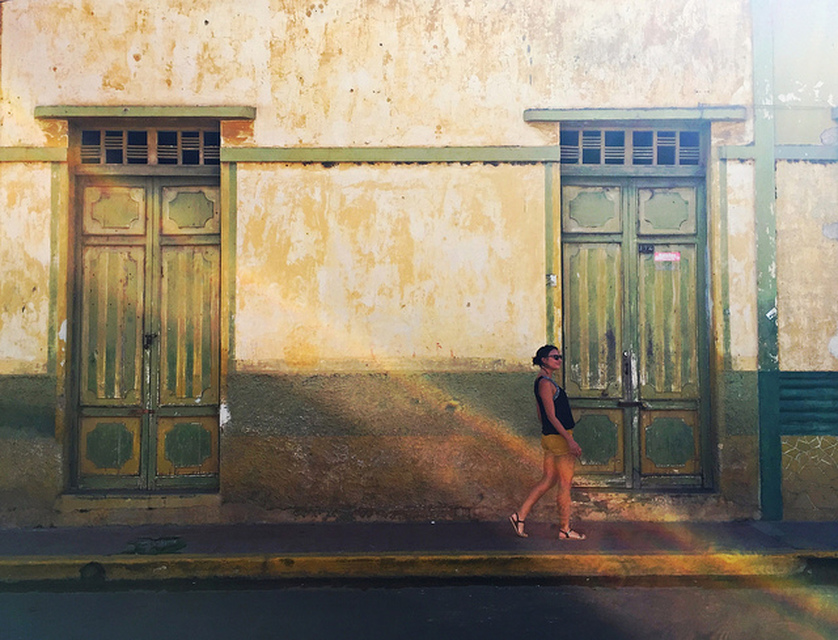






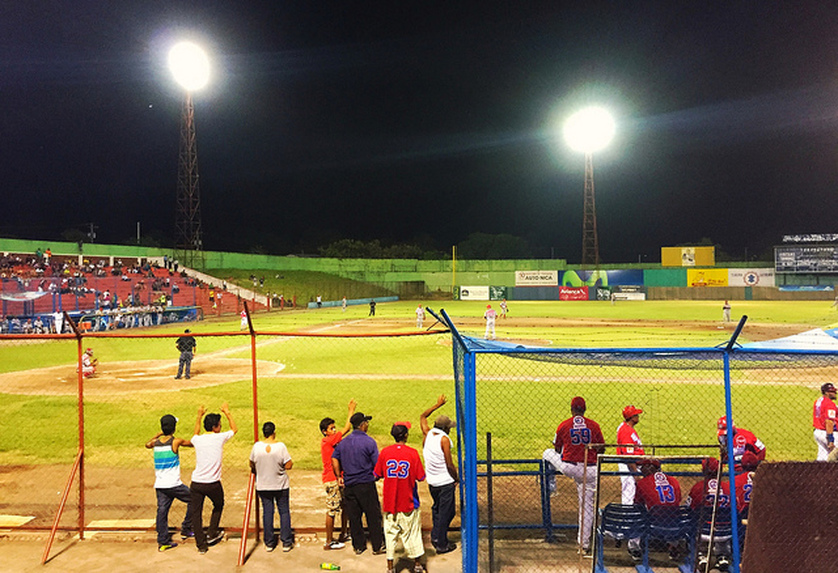
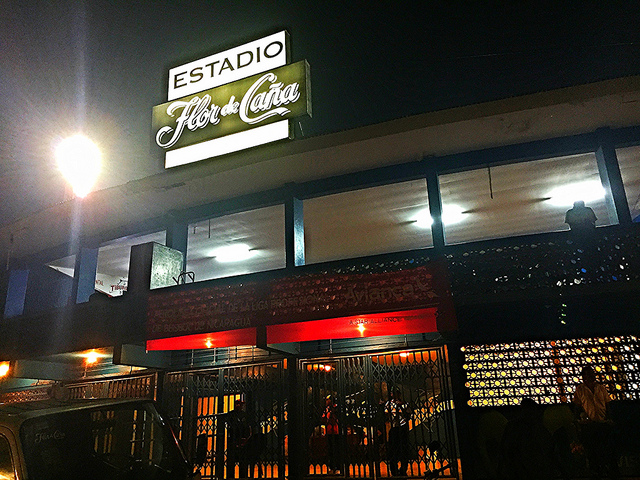


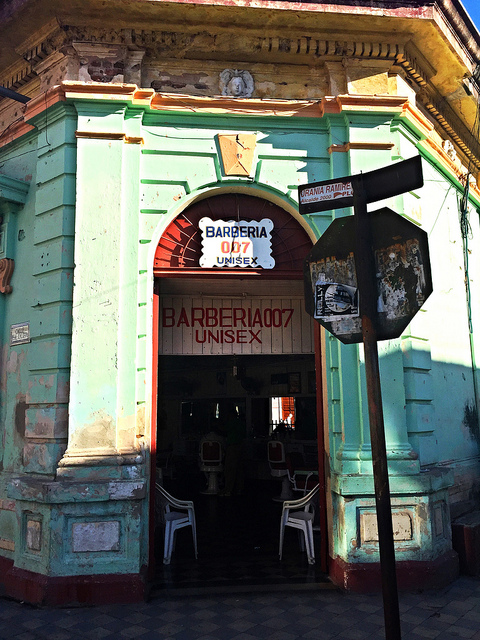
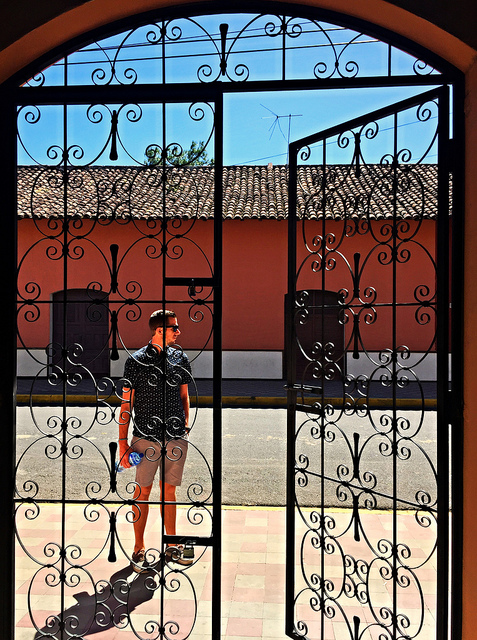







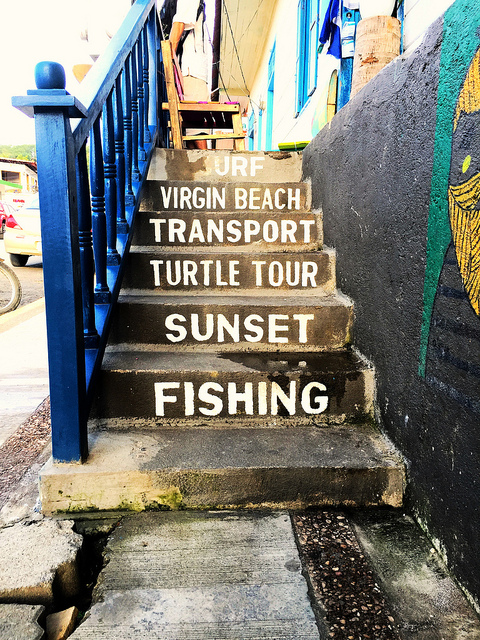






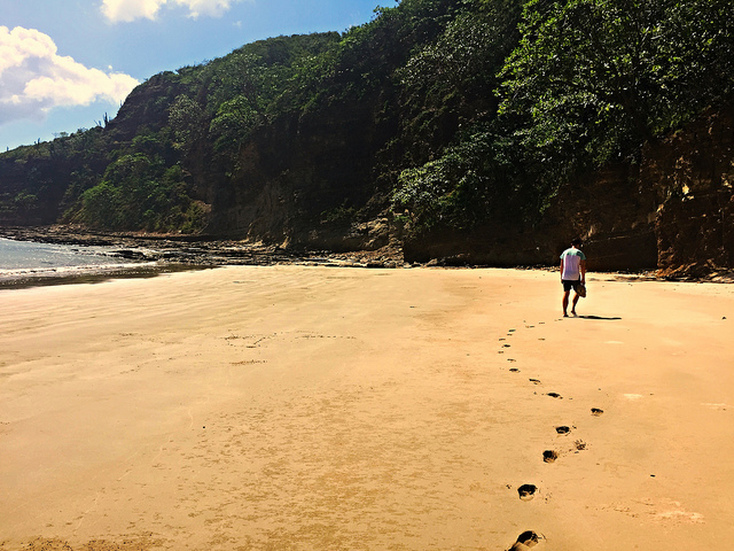


















 RSS Feed
RSS Feed
